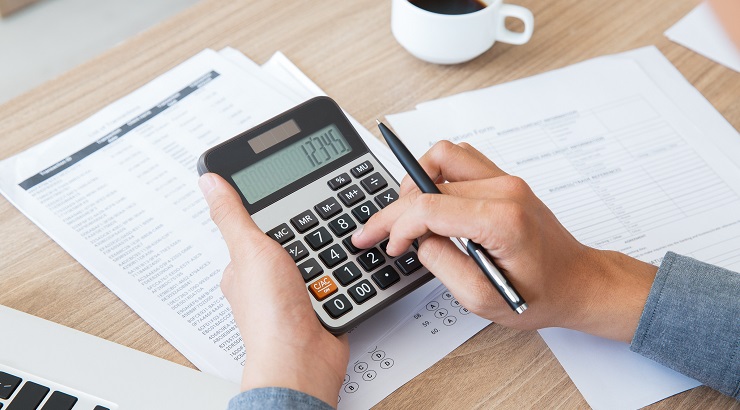Features
Hard Costs vs Soft Costs in Construction
Everything to know about hard and soft construction costs.

Construction costs usually fall under two main categories: hard costs and soft costs.
Hard costs are directly related to the actual construction of a building – expenses such as material and labor, while soft costs are costs not directly related to the construction work, such as architectural fees and permit fees.
Let’s explore the terms in detail.
Hard costs vs soft costs
As stated above, soft costs are additional costs not directly related to the actual construction of a building but necessary to the delivery of a project.
Some of the common types of soft costs in construction include:
- Architectural, planning, and engineering fees
- Site analysis costs
- Survey fees
- Geotechnical costs
- Legal fees, permits, taxes, property, and construction insurance
- Construction loan fees, interest, and other related financing costs
- Administrative expenses
Soft construction costs may also include expenses incurred after the completion of a building, including marketing costs, security, lease-up charges, maintenance costs, etc.
It is worth noting that soft costs can have a direct impact on hard costs. For example, hiring a great construction team (at a premium) can raise your soft costs but lower your hard costs by reducing the wastage of construction materials.
RELATED: How to Lower Costs When Building a House
Higher soft costs today can also lower future costs. For example, hiring a great team can help create a building that will last for decades with minimum repairs.
Hard costs
Also known as “brick-and-mortar costs” or “tangible costs”, hard costs are directly associated with the actual construction of a building. These costs are more tangible and easier to estimate as opposed to the less tangible soft costs.
Hard costs in construction include:
Construction materials and labor: Cost of buying all the required materials such as steel, wood, glass windows, doors, insulation, etc.
Utility fitting: Cost of electrical installation, plumbing, water/sewer hook-up, etc.
Interior finishes: Cost of paint, wallpaper, flooring, etc.
HVAC: Cost of installation of heating, ventilation, and air conditioning systems.
Safety systems: Cost of installation of fire alarm systems, sprinkler systems, fire escapes, etc.
Site improvements: Cost of paving/walkways, gazebos, outdoor furniture, etc.
Landscaping: Costs of landscaping elements such as flowers, trees, mulch, etc.
FAQs
What are hard costs vs soft costs in construction?
Hard costs are expenses associated with the actual construction of a building, while soft costs are expenses associated with the planning, approval, and financing of a project.
What are considered soft costs in construction?
Soft costs are expenses that are not directly related to the actual construction of a building but are necessary for the project to be completed, e.g. architect fees, insurance costs, etc.
What percentage of construction cost is soft cost?
The soft costs of a project vary depending on the nature of the project and the client’s demands. However, soft costs in construction generally account for 8% to 12% of the total budget.
What are considered hard costs in construction?
Costs directly associated with the actual construction of a building are considered hard costs in construction. These include building material costs and labor costs.














